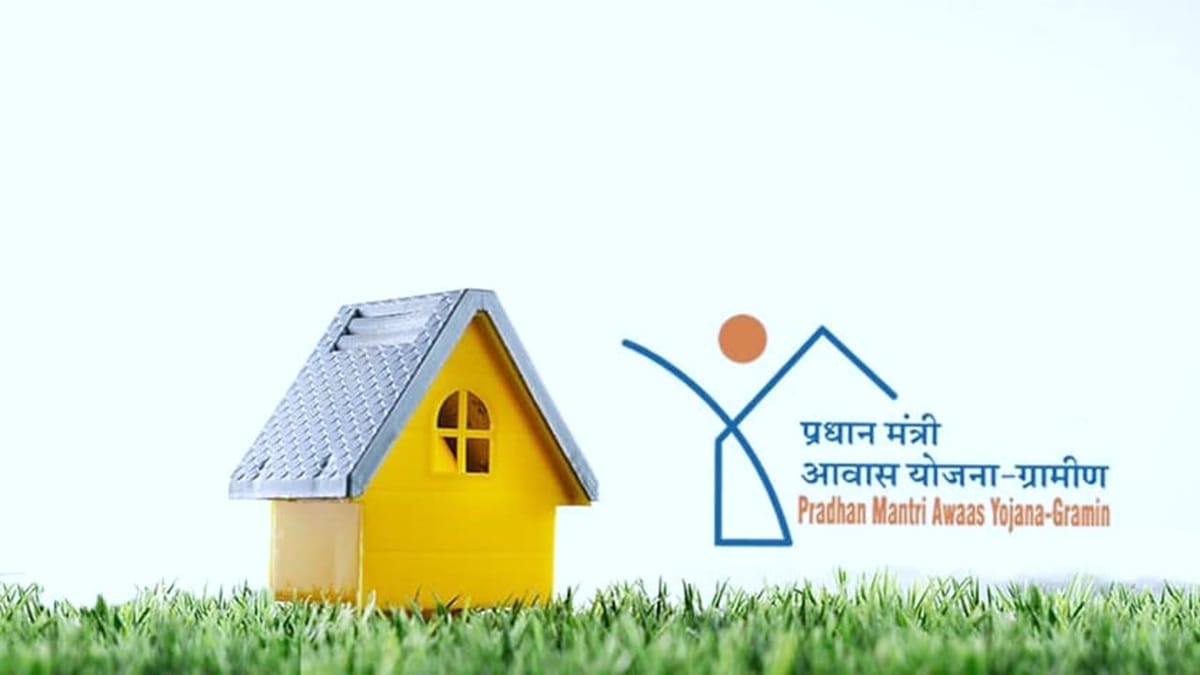Deepshikha | Jun 12, 2022 |

All About Pradhan Mantri Awas Yojana (PMAY)
In 2015, the government introduced the Pradhan Mantri Awas Yojana as part of the ‘Housing for All’ objective (PMAY). The goal of this programme is to provide cheap and long-term housing to the urban poor to assist them to live dignified lives. The major goal of the project is to build two crore homes for low- and middle-income families as well as the economically disadvantaged. The PMAY scheme aims to offer water connectivity, proper toilets, and other such necessities. Pradhan Mantri Awas Yojana Gramin and Pradhan Mantri Awas Yojana Urban are the two types of PMAY initiatives for rural and urban housing, respectively.
The eligibility creates for this scheme is:
The PMAY and the credit-linked subsidy scheme in India provide the option to purchase homes at a lower cost by taking advantage of interest subsidies. The Credit Linked Subsidy Scheme (CLSS) allows economically disadvantaged and middle-income households to have their home loan EMIs reduced.
Those with a household income of up to Rs. 3 lakh per year are classified as economically weaker, while those with an annual income of between Rs. 3 lakhs and Rs. 6 lakhs are classified as low-income. Under the Pradhan Mantri Awas Yojana, homeowners from the weaker sectors and low-income groups can receive a 6.5% subsidy for 20 years or the entire term of the home loan (whichever is shorter).
If you fall into this category, the procedure for receiving the benefits of this scheme is to apply for a home loan with a bank or an NBFC, and the lender will credit the incentive amount to your account first. The lender would then reduce your EMIs for your home loan based on your credited value. In both of these groups, women, SC/STs, minorities, persons with impairments, and backward classes are given preferential consideration.
MIG I and MIG II are the two sectors of the Middle-Income Group beneficiaries. Beneficiaries in the MIG I category have a household income of between Rs. 6 lakhs and Rs. 12 lakhs per year. Beneficiaries in the MIG II category have a household income of between Rs. 12 lakhs and Rs. 18 lakhs per year.
The MIG I component receives a 4% interest discount, whereas the MIG II section receives a 3% interest discount. Both components of the home loan can be extended for up to 20 years. The home loan amount for the MIG I section is Rs. 9 lakhs, whereas the MIG II section is Rs. 12 lakhs.
A person in the MIG II category, for example, wants to purchase a property worth Rs. 60 lakhs. The down payment for this house will be 10%, or Rs 6 lakh, with the remaining Rs 52 lakhs financed through a loan. If the Pradhan Mantri Awas Yojana scheme is not available, the lender’s home loan interest will be applied on the first Rs. 52 lakhs borrowed.
The 3% subsidy would be allocated to Rs 12 lakh under the PMAY plan. As a result, the lender’s house loan interest rate will be applied to the remaining Rs. 40 lakh.
Calculation of the monthly payback obligation is essential when choosing any EMI payment. You can use a PMAY EMI calculator to figure out how much you owe each month. This will also enable you to make an informed and intelligent borrowing decision. However, you can only use a calculator to calculate your house loan EMI with the PMAY subsidy after you know if you are a beneficiary of the Pradhan Mantri Awas Yojana – Urban (PMAY- U) or Pradhan Mantri Awas Yojana – Gramin (PMAY- G) (PMAY-G).
A Home Loan EMI calculator can also be used to check the Pradhan Mantri Awas Yojana (PMAY) subsidies quickly and easily.
The PMAY eligibility can be checked online by following these steps:
After these steps are complete, the total amount of subsidies available will be calculated and displayed on your screen.
The government introduced the Pradhan Mantri Awas Yojana to offer homes to the urban poor and to provide housing for everybody. Affordable housing was accorded infrastructure status in the 2017 budget to assist developers in receiving the scheme’s accompanying benefits.
However, even for first-time homebuyers, investigating the inexpensive housing category poses a risk due to the delayed delivery of the property, which is currently being minimised with time. The three-year deadline for completing the projects has now been extended to five years.
In case of any Doubt regarding Membership you can mail us at [email protected]
Join Studycafe's WhatsApp Group or Telegram Channel for Latest Updates on Government Job, Sarkari Naukri, Private Jobs, Income Tax, GST, Companies Act, Judgements and CA, CS, ICWA, and MUCH MORE!"